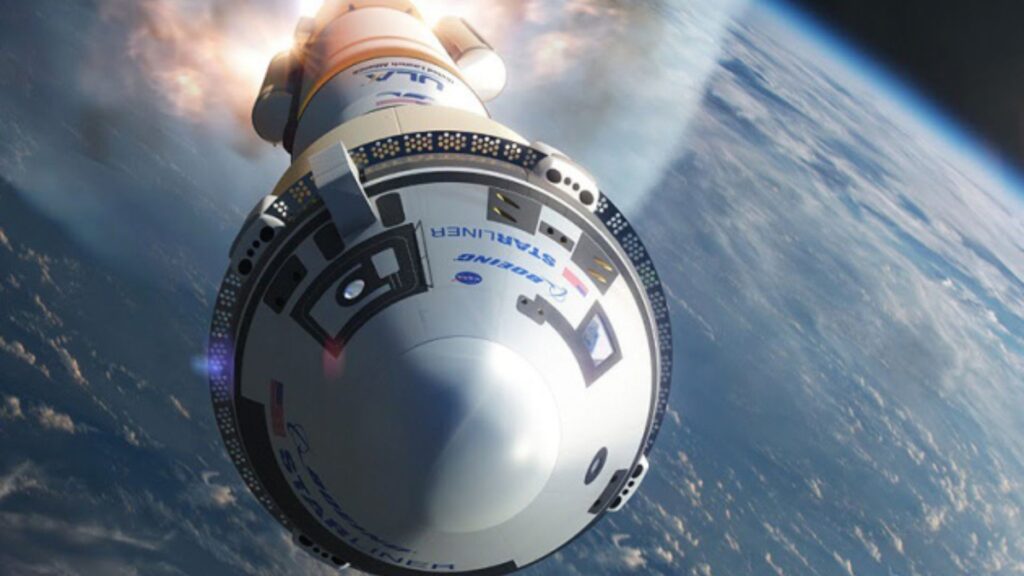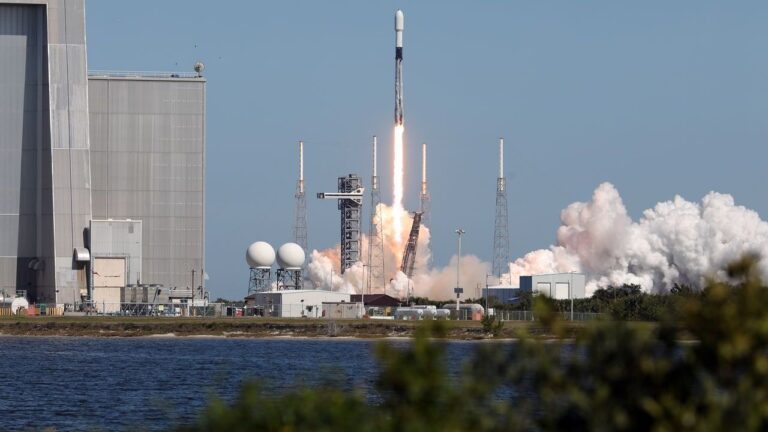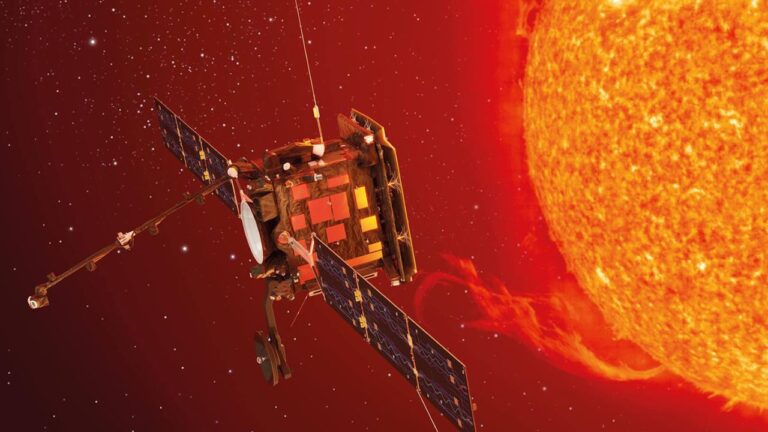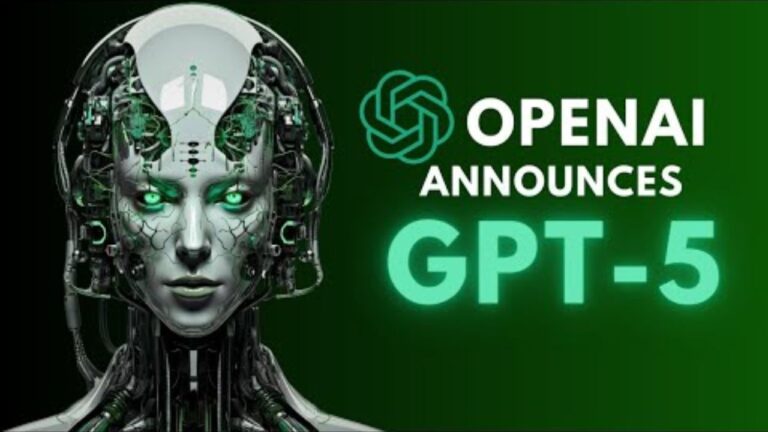
A year after Boeing’s CST-100 Starliner completed its troubled crewed test flight, NASA has yet to finalize plans for the spacecraft’s next mission, leaving the program’s future uncertain amid ongoing technical reviews and tightening budget constraints.
In a statement released June 6, NASA said it is still evaluating options for the next Starliner flight, currently targeted for no earlier than early 2026. A key decision still pending is whether that mission will carry astronauts or fly uncrewed. The agency emphasized that flight plans will depend on the resolution of technical issues and completion of system certification.
“NASA is assessing the earliest potential for a Starliner flight to the International Space Station in early 2026, pending system certification and resolution of Starliner’s technical issues,” the agency said. “The agency is still evaluating whether Starliner’s next flight will be in a crew or cargo configuration.”
The announcement came exactly one year after Starliner successfully docked with the ISS during its Crew Flight Test (CFT) mission, despite multiple thruster failures that temporarily jeopardized the docking process. Helium leaks detected during the mission further complicated matters, prompting NASA to return the spacecraft without a crew and extend the stay of astronauts Suni Williams and Butch Wilmore aboard the ISS. They ultimately returned to Earth on a SpaceX Crew Dragon flight in March 2025.
Following their return, NASA officials, including Commercial Crew Program Manager Steve Stich, indicated that another test flight would be needed—either with or without a crew—to validate improvements before the first operational crew rotation mission, known as Starliner-1.
At the time, NASA projected that a test flight would not occur before late 2025 due to ISS scheduling constraints. The agency also acknowledged that reviews of the thruster anomalies would remain ongoing well into the year, with testing expected to continue through the summer.
NASA’s Aerospace Safety Advisory Panel echoed this uncertainty in April, stating that the agency had not yet determined if the next Starliner flight would carry astronauts. That decision hinges on the results of the thruster tests.
In its June 6 statement, NASA confirmed that astronaut training for a future Starliner mission is underway but noted that a full crew has not been assigned for the Starliner-1 mission. “NASA astronauts are training for a Starliner post-certification mission as the agency continues to review its forward plans and execute testing campaigns targeted throughout the spring and summer,” the agency said.
The future of Starliner has taken on added importance as NASA remains reliant on SpaceX for crew transportation to the ISS. SpaceX has provided uninterrupted service for five years, and NASA has long argued that having two commercial crew providers ensures essential redundancy.
That need was underscored last week when SpaceX CEO Elon Musk briefly threatened to “decommission” the Dragon spacecraft during a public dispute with former President Trump—though Musk quickly retracted the statement.
Yet financial pressures may complicate NASA’s plans. The agency’s proposed FY 2026 budget, released May 30, calls for a 25% cut to ISS operations and transportation funding. The budget document acknowledged that such cuts could impact NASA’s ability to maintain two commercial crew providers.
For Boeing, the future of Starliner remains equally uncertain. The company has absorbed nearly $2 billion in charges over the life of the program and has been tight-lipped about its next steps since last year’s test flight. Boeing executives notably skipped NASA’s public briefings following the CFT mission’s conclusion.
In a recent interview with Aviation Week, Boeing CEO Kelly Ortberg acknowledged that Starliner’s challenges have overshadowed the company’s broader space efforts. “I think some of the challenges we’ve had with Starliner have overshadowed our space portfolio,” he said, adding that future decisions will be shaped by congressional budget negotiations in the coming months.
“I think the manned space, commercial and NASA business is going to be dependent on where the budget goes and what the country wants to invest in those programs,” Ortberg said.
As NASA and Boeing weigh their next moves, the path forward for Starliner—and the goal of maintaining a robust and redundant U.S. human spaceflight capability—remains an open question.






